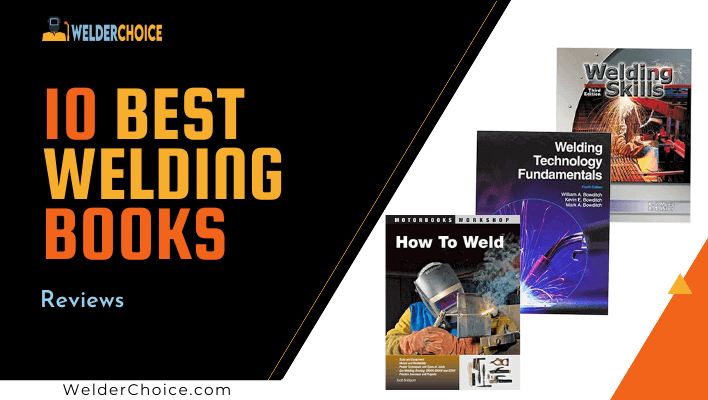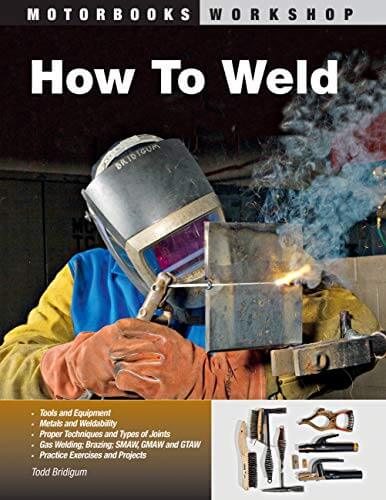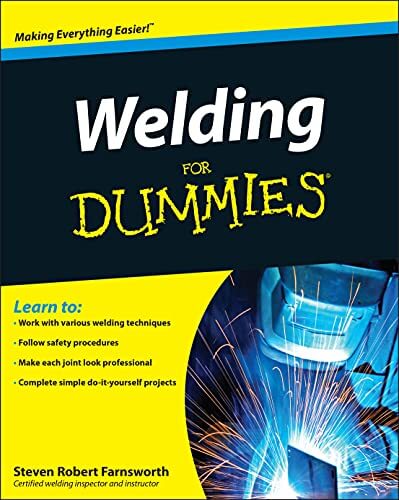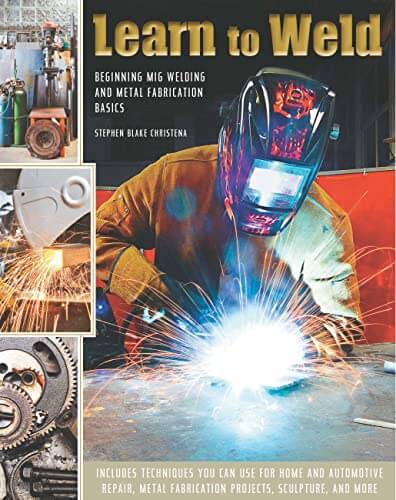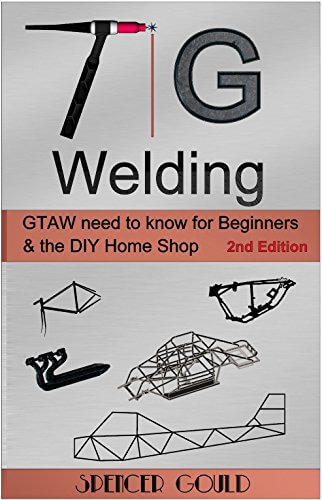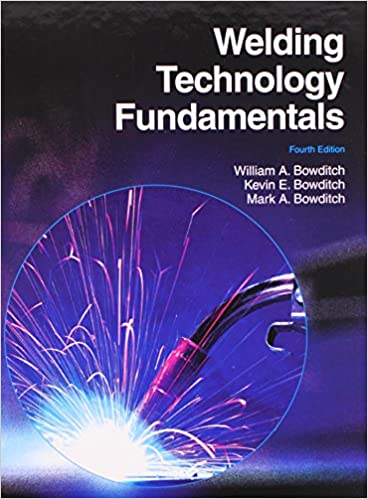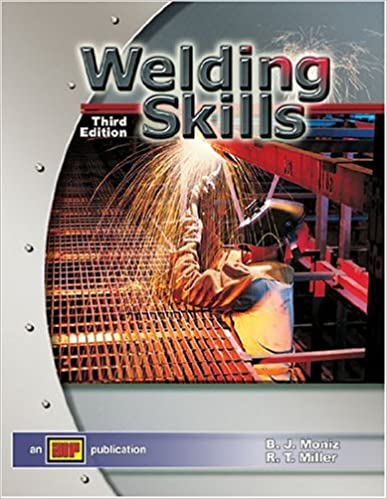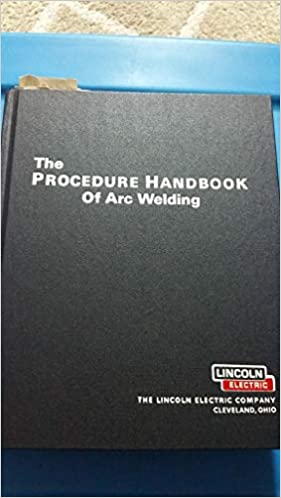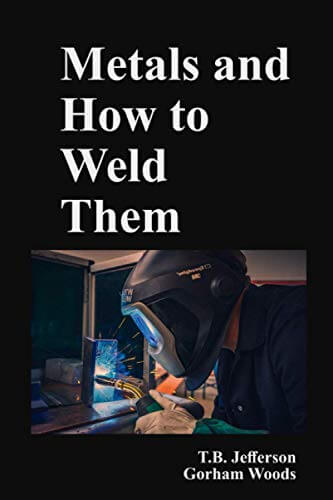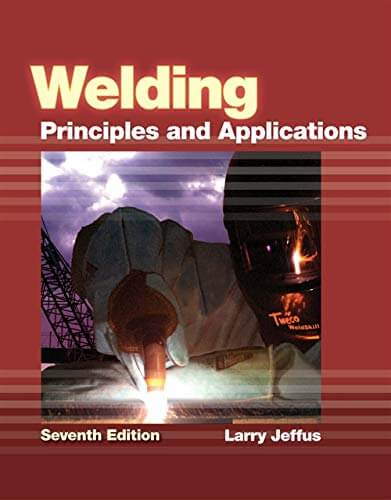Looking for the best welding book? We got you. Read our article further for more information.
You may be aware that welding skills are highly sought after in today’s job environment. Amateurs, mechanics, and DIYers will, of course, benefit from it.
Welding is an intriguing job because, no matter how proficient you are, each new project will offer you a variety of unexpected challenges that will require innovative answers.
So we’ve compiled a list of some of the best welding books.
Top 10 Best Welding Books
Here are the top 10 best welding books.
- How To Weld – Motorbooks Workshop
- Welding For Dummies
- Learn To Weld: Beginning MIG Welding And Metal Fabrication Basics
- TIG Welding: GTAW Need To Know For Beginners & The DIY Home Shop
- Welding Technology Fundamental
- Welding Skills
- The Procedure Handbook Of Arc Welding
- Metals And How To Weld Them
- Welding Principles And Applications
- Audel Welding Pocket Reference
Best Welding Books For Beginners – Reviews
If you’re just getting started with welding, we’ve put up a selection of the best welding books to read.
Expert welders may not find these books useful because they are intended for welding beginners. Do you think it’s too straightforward? If you prefer, you can skip through to the next section.
1. How To Weld (Motorbooks Workshop)
How to Weld by Motorbooks Workshop book is a fantastic start for newbies to welding.
It can also be utilized as a refresher course for experienced welders.
Before moving on to an overview of the many types of welding, the book opens with a brief history of welding.
It also goes over all of the safety protocols in detail.
The book covers a variety of tools and metals, as well as techniques and joint types, all of which are well-photographed.
There’s talk of gas, stick, wire-feed (MIG and TIG), and brazing.
Each lesson is followed by a set of tasks that demonstrate the concepts in greater depth.
One of the most helpful features is that the author shows you examples of faulty welds to help you figure out what you’re doing wrong and how to rectify it.
2. Welding For Dummies
Part of the long-running “Dummies” series.
Welding For Dummies is a thorough and user-friendly guide to welding.
Experienced welders will find it useful as well.
Simple instructions and step-by-step guidance are included for each process, including how to apply finishing techniques and be safe during welding.
Stick, TIG, MIG, and flux-core welding are all discussed, as well as oxyfuel cutting.
You can get guidance on which welding technique is best for a given work and what welding certifications are available, in addition to gaining a thorough understanding of these issues.
3. Learn To Weld: Beginning MIG Welding And Metal Fabrication Basics
Any DIYer interested in learning how to MIG (Metal Inert Gas) weld should read Learn to Weld.
It provides step-by-step directions, learning tools, and troubleshooting for repairing, producing, and replicating products in a home welding studio.
Using step-by-step metalworking images and tutorials, you can learn how to use a MIG welder to cut, grind, and join metal.
One of the book’s major features is the easy-to-use index for quick reference and troubleshooting.
At the outset of the book, you’ll learn how to set up your studio, use suitable safety equipment and follow safety standards, and choose the equipment and materials you’ll need to get started welding.
4. TIG Welding: GTAW Need To Know For Beginners & The DIY Home Shop
TIG Welding is a wonderful additional text if you’re taking welding classes.
Its goal is to assist you by covering course material and lab work topics.
Among the subjects covered are shop safety, several types of TIG welder machine technology, selecting equipment, material preparation, setups, and specific TIG welding methods.
It is not designed for experienced welders looking for new information.
5. Welding Technology Fundamental
Welding Technology Fundamentals is an excellent first book created at a level suitable for junior high students taking welding classes.
This book is broken down into eight easy-to-understand sections.
Among the topics covered are oxyfuel gas welding and cutting, shielded metal arc welding, gas metal arc welding, flux-cored arc welding, gas tungsten arc welding, and resistance welding.
The book contains numerous tables and figures to assist in the selection of variables suited for each type of welding.
With significant technical information on weld inspection and testing, welder certification, and welding symbols, the content is well-illustrated and easy to understand. There’s also crucial updated fire and electrical safety information.
Best Books You’ll Want To Keep On Your Shelf
For skilled welders, reference literature can be a great refresher and can come in handy when a problem arises.
Instead of knowing all the variables for the numerous materials and equipment required for welding, having a dependable reference available could save you time and money. We’ll take a look at a couple of these must-have books for any welder.
6. Welding Skills
Welding Skills is a well-written, time-efficient instruction.
It includes requirements for welder competence testing, advanced welding process information, and metal identification methods, as well as all major welding operations.
The book is well-illustrated with color images, which makes it easy to follow and comprehend.
You’ll gain a greater knowledge of modern welding procedures and AWS terminology as you move through this content.
7. The Procedure Handbook Of Arc Welding
The Procedure Handbook is widely regarded as the “Bible” of the arc-welding industry.
It’s a handy reference guide with photos, diagrams, and charts, as well as information on welding techniques and procedures.
The material provides descriptions, history, applications, and best practices for all types of arc welding.
This includes submerged arc, SMAW, GTAW, GMAW, and dual-shield welding. You’ll refer to this book again and again as a seasoned welder.
8. Metals And How To Weld Them
Metals and How to Weld Them was a classic text that paved the way for the modern welding process.
It includes, among other things, crystallography, preheating, heat treating, mechanical properties of metals, filler material selection, and welding process options.
Illustrations, pictures, and charts augment the text, demonstrating fundamental ideas such as metal characteristics, how different metals change during the welding process, the physical chemistry of steel alloys, and metallurgical principles, among others.
This reference book will be a great addition to your library because it will help you figure out which welding materials and processes are best for various projects.
9. Welding Principles And Applications
To help you achieve a basic level of welding skill, Welding: Principles and Applications blends hands-on knowledge with straightforward explanations of the theory.
It includes all of the necessary welding procedures and safety information.
People who aspire to work as skilled welders or welding supervisors should read this book.
It is not as comprehensive as some of the other sources on this list, but it covers the essentials of the subject.
10. Audel Welding Pocket Reference
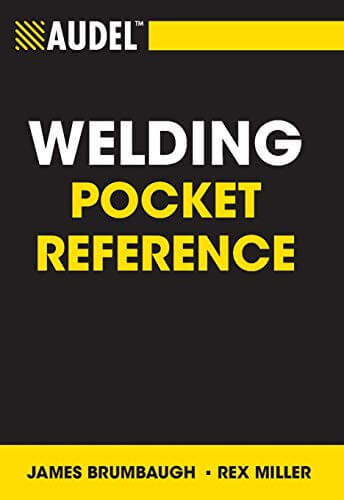
Key Features:
- Explains welding symbols & meanings
- Traditional welding
- The safe cutting process explained
- Designed for beginners & experienced ones
The Audel Welding Pocket Reference is a portable reference book that explains welding symbols and their meanings. If you ever get lost and don’t know what a symbol means, this reference book will come in helpful.
Joint and weld types, as well as traditional welding station layouts, oxygen cylinders, arc-welding charts, and US metric measures, are all included.
This book is essential if you need to know the specific electrodes to use for different metals, or if you wish to study safe cutting processes.
This is an excellent book for beginner welders who aren’t sure what to use, as well as experienced welders who haven’t done any new work in a long time.
Can You Learn From A Book?
Welding, for example, demands the development of a particular skill set over many hours of practice and study.
You can’t learn to weld solely from a book, any more than you can learn to drive a car solely from a book. You’ll need to learn how to weld from books and get hands-on training from a professional. You’ll be able to put your ideas into action while working on a project.
Books contain particular and are an excellent source of learning, but only after you’ve received some training or attended seminars taught by qualified welders. Make sure you understand how to handle the welder and other instruments appropriately as part of your safety training.
To ensure that you don’t establish any harmful behaviors that could lead to injury, some monitoring is required at the outset of your welding experience.
You’ll learn faster in a class, and you’ll get to see how the pros do it.
As a bonus, you’ll get advice on how to enhance your welding technique. You’ll be able to determine what works and what does not. This can save you money on the supplies you’ll need to test your technique and help you avoid costly mistakes in the future.
A good reference work can teach you the essentials, such as how to set up your equipment for different metals, thicknesses, and joint kinds.
Reading good welding books will help you learn many industry phrases and become familiar with the jargon, in addition to giving you a solid foundation in welding. With your knowledge of welding, you’ll be well on your way to impressing your lecturers and coworkers.
Conclusion
There you go, the best welding books are listed above.
If you read the right book, you’ll get access to both the necessary abilities and the confidence to build anything you can imagine. We’d recommend the How To Weld (Motorbooks Workshop) and Welding For Dummies.
If you’re a seasoned welder looking to better your abilities and need a reference guide for unexpected challenges, several of these books will come in handy.
So, what are you waiting for? To improve your talents, start by reading some of these books.

With 8 years of experience a senior welding instructor and safety equipment researcher and writes articles, reviews and guidelines on helmets and other welding and safety gears at Welder Choice, and other written works have been published in various publications.
